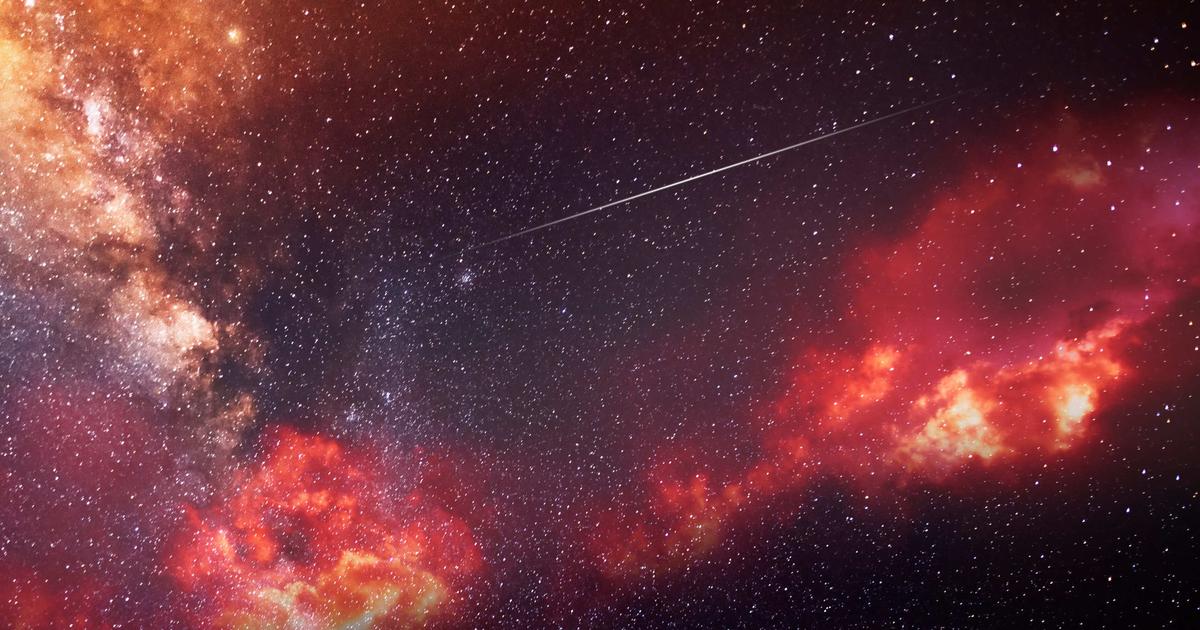Enlarge image
Nosok village in Siberia: In the future, the thawing permafrost could make life in parts of Russia impossible.
Photo: Alexander Ryumin / ITAR-TASS / imago images
In some areas in Russia, researchers have measured an increased concentration of the greenhouse gas methane.
The likely reason is the thawing of the permafrost - not only because it promotes the decomposition of organic material, but also because it could expose gas chambers underground.
The study was carried out by a research group led by the geochemist Nikolaus Froitzheim from the University of Bonn.
The researchers published the study in the journal Proceedings of the National Academy of Sciences (PNAS).
The methane level was elevated - for months
Using data from 2020, the researchers evaluated the concentration of methane in the air and examined the nature of the soil. In 2020 an extreme heat wave hit Siberia. The scientists found that two areas where the soil is limestone were particularly releasing gas: in northern Siberia in the Taimyr fold belt and on the edge of the Siberian platform. The methane concentration there is around five percent higher than with comparable air measurements in northern Siberia. And the increased value has remained constant for months.
Almost two thirds of the land area in Russia is permanently frozen - this phenomenon is called permafrost.
Huge amounts of organic material are stored in the permafrost: remains of plants and animals that have not yet been decomposed by microorganisms.
But when temperatures rise and the hard-frozen ground softens, the decomposition process begins.
This can also release the greenhouse gas methane, which is about 25 times more harmful than CO₂.
As the new study now shows, this is not the only way the gas can get into the atmosphere.
Gases trapped in the permafrost escape
In the observed areas, the soil layer made of organic material is very thin or even non-existent, said Froitzheim, who works at the Institute for Geosciences at the University of Bonn.
Therefore it is unlikely that the decomposition of organic matter in the soil is the source of the methane.
He and his colleagues therefore suspect that the thawing soil is becoming permeable.
Stored gases could now escape from underground cave systems that were trapped in or below the permafrost and find their way through the soil to the earth's surface.
Most of the natural gas consists of methane.
more on the subject
Siberia: Why a 650,000 year old permafrost is melting awayBy Christoph Seidler
Climate crisis glossary: Methane - greenhouse gas in the shadow of carbon dioxideBy Marc Theodor
The gas that comes from the cold
"The amounts of natural gas that are suspected to be underground in Northern Siberia are enormous," said Froitzheim.
And warned: "If parts of it got into the atmosphere through the thawing permafrost, this could have a dramatic impact on the already overheated climate of the earth." The climate crisis could become even worse.
In parts of Russia, the thawing permafrost is already making life difficult for residents.
In some areas, he could make it impossible at some point, for example if buildings collapse because the ground sags.
In Norilsk, the northernmost city in the world, hundreds of houses are no longer habitable.
To stabilize buildings, they are supported with stakes.
Already in the spring of 2020 there was an accident near the city that was reported internationally.
Because the supports of a tank sank into the thawing ground, more than 21,000 liters of diesel leaked.
The cost of the damage will be billions
Worldwide there are more than 1,000 settlements and cities on the still frozen ground in the Arctic.
A total of around five million people live in such settlements.
If the defrosting of the soil continues, around a fifth of all buildings and infrastructure in Russia could be affected by the consequences of global warming.
The Russian Environment Ministry estimates that the damage caused by the thawing of frozen ground could amount to as much as 57 billion euros by 2050.
vki / dpa












